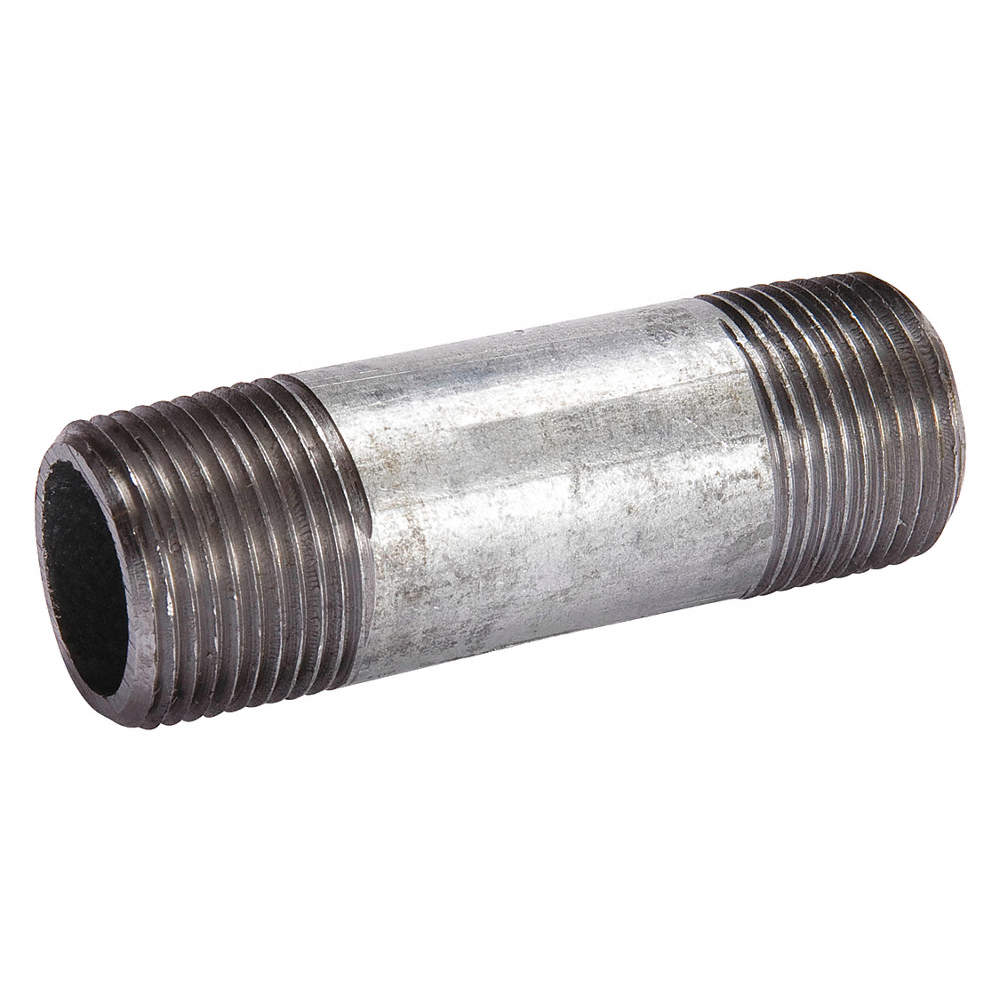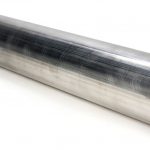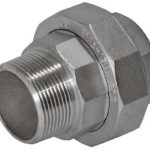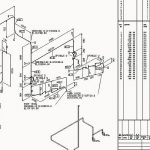Fittings are an integral part of a pipe system. They attach to pipes to deliver process media in a safe manner as well as regulating the flow of fluids. In this article, you will learn about the major types of fittings, materials of construction, attachment method, and applicability to piping systems.
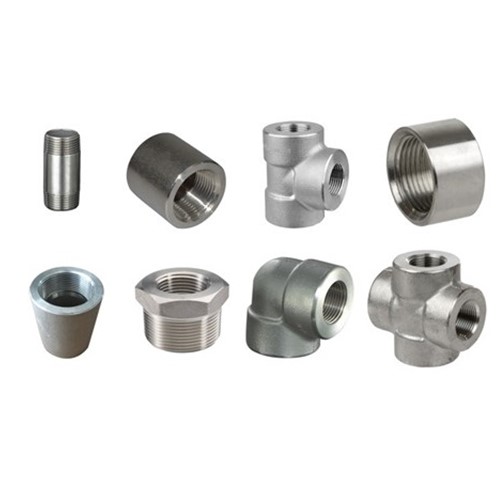
Fitting Types
Fittings are available in numerous forms, each with a specific use case. Common industrial fittings are pipe branch fittings, couplings, elbows, nipples, reducers, bushings, tees, and valves. There are other custom fittings for highly specific use cases.
Pipe Branch Fittings
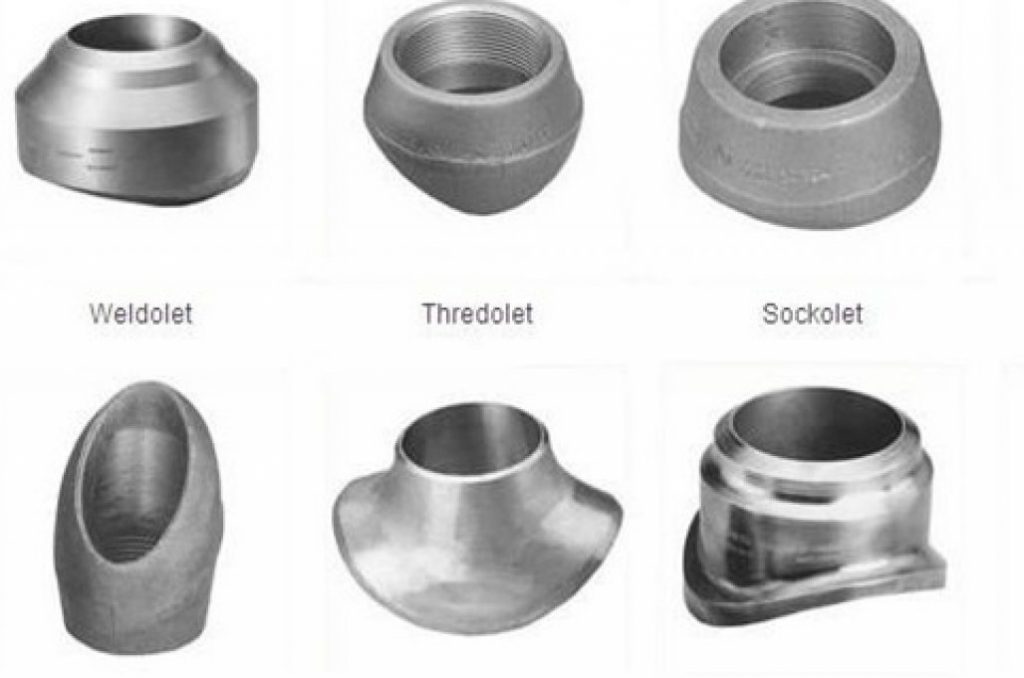
Pipe branch fittings, also known as o-lets, create an outlet from one pipe to another smaller pipe or one of the same size. The pipe branch fitting is welded in place on one side to the pipe. The most common type of o-lets are threadlets, sockolets, and weldolets. The type of o-let used depends on the attachment method of the piping system and the adjoining connection required.
Couplings

Coupling pipe fittings are divided into two main categories: permanent and removable.
Permanent pipe couplings offer strong rigidity and sealing factors and are unchangeable. Soldering and brazing techniques connect steel and copper pipes, whereas adhesives are applied in the case of polymers .
Removable pipe couplings, sometimes referred to as unions, are used in threaded designs. A pipe is joined with one of a larger section then cut with an internal thread. Both ends of the pipes are threaded and a coupling is fastened with sealing tape and screwed onto the pipes.
Some applications of coupling fittings involve: extending or terminating pipe runs, modifying pipe size, or repairing malfunctioning pipes. There are different styles of couplings used for further specific circumstances. They are listed below as follows:
- Full Couplings for small bore pipes
- Half Couplings for small bore branching from large bore pipe
- Reducing Coupling for inconsistent pipe diameters
- Compression Coupling for identically sized pipes
- Slip/Repair Coupling for manipulation of fitting length
Elbows
Elbows are the most common form of pipe fitting. The elbow pipe fitting comes in two forms, the 45 and 90 degree elbow. The 90 degree elbow also branches off into two different types: long radius and short radius elbows. Elbow pipe fittings allow pipe flexibility which can alter the direction of a pipe as well as reduce piping size.
90/45 degree elbows are installed between two pipes to redirect pipe piping by 90/45 degrees. 90/45 degree elbows may also reduce piping size. 90 degree elbows have two forms: long radius and short radius. Long radius elbows are 1.5 times the diameter of a nominal pipe and are applied in piping to heavily minimize pressure loss. Long radius elbows require much more space. Short radius elbows have identical diameters as nominal pipes and are effective in limited space applications. Note: short radius elbows give high-pressure drops attributed to the sudden change in direction.
Nipples
Nipple pipe fittings consist of short pipe pieces with a male pipe thread on each end that connects to two female threaded fittings/pipes. Typically used in low-pressure piping systems, nipple fittings are used as adapters from one connection type to another. In general, nipple fittings are 12” long.
There are several different types of pipe nipples in common use. A short list includes:
- Close Nipple / Running Nipple
- Hexagonal Nipple
- Reducing Nipple / Unequal Nipple
- Hose Nipple
- Welding Nipple
Reducers

A reducer pipe fitting is primarily used in process piping and shrinks the pipe size from a larger bore to a smaller bore. The change in pipe size is normally done to meet hydraulic flow requirements of the system, or to adjust to an existing piping of a differing size. Generally, the length of reduction is equal to the average of both the smaller and larger pipe diameter.
The two types of reducers are concentric and eccentric.
Concentric Reducer
Concentric reducers decrease the pipe size by shrinking the diameter of the fitting, while maintaining symmetry around it. Common applications of this type is used when joining pipe/tube sections of different diameters on the same axis.
Eccentric Reducer
Eccentric reducers decrease the pipe size by shrinking the diameter of the fitting, while maintaining one side of the fitting horizontally. They have a smaller outlet off center to the larger end, which enables it to align with only one side of the inlet.
Bushings
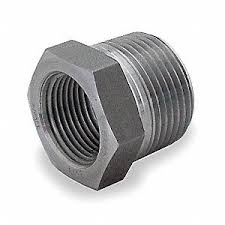
Bushings are similar to nipples, but are threaded on both the inner and outer circumference. A bushing may also provide the same functionality as a reducer, but does not allow for the thread gender changes.
Tees
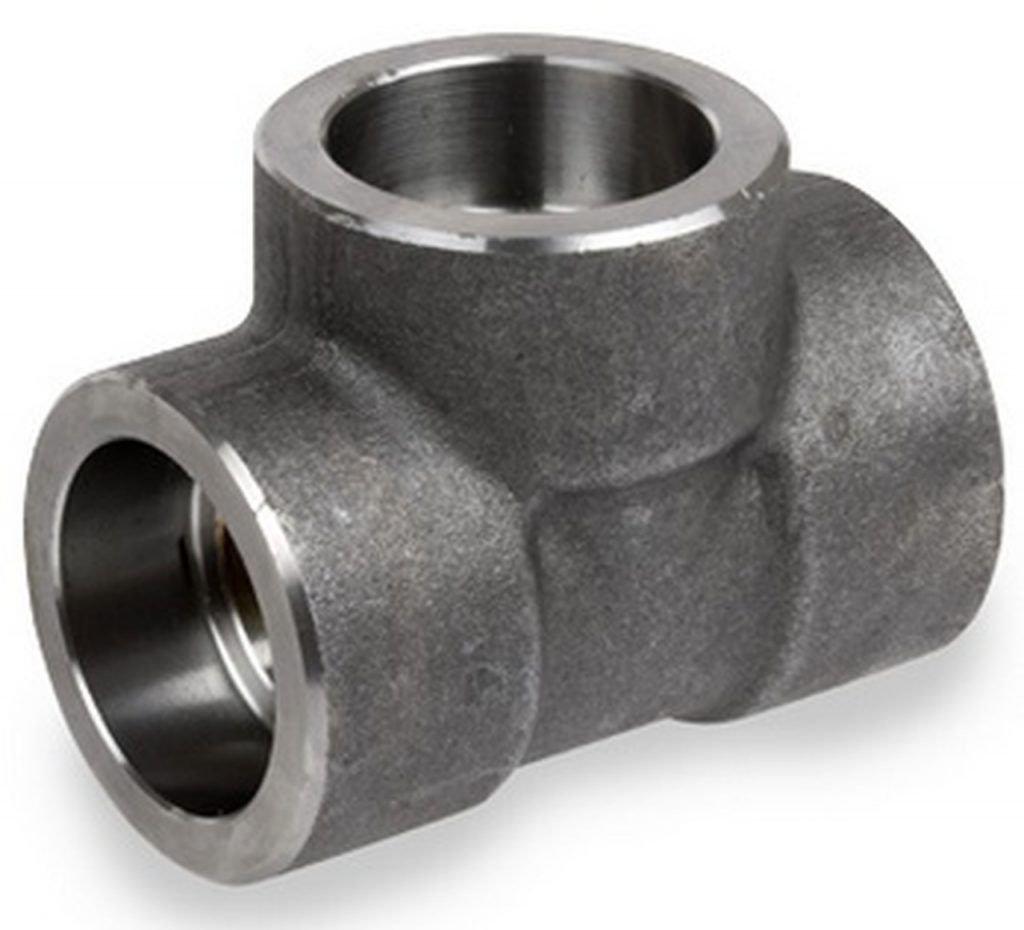
Tees combine and divide fluid flow. They typically are used to connect pipes of the same diameter, but can also connect pipes of varying sizes.
Valves
Valves are easily the most complex type of fittings and due to this complexity, are usually characterized separately. Valves are used to modulate flow and come in a variety of types, each with different functionality. Common valve types are:
- Butterfly Valves
- Ball Valves
- Control Valves
- Gate Valves
- Globe Valves
- Plug Valves
- Safety Valves
- Relief Valves
- Check Valves
- Diaphragm Valves
Speciality
There are additional specialty fittings that are somewhat uncommon in industrial applications. Crosses are four-way fittings that allow for the merging and cross-flow of multiple streams. The uncontrolled mixing of a cross is typically eschewed in favor of controlled mixing processes via the use of valves and pumps. Barbs connect flexible hoses or tubing to pipes and typically has a male-threaded end that mates with female threads. The other end of the fitting is made for insertion into a flexible hose. Caps cover the open end of a pipe and are uncommon in industrial applications as heavier duty blind flanges are typically a better application for piping pressure requirements. Other fittings with custom shapes, sizes, and functions can be manufactured and inserted into a piping system as needs dictate.
Material of Construction

Consideration of proper materials is essential for pipe fittings. Pipes carry various types of media throughout the system and without proper material selection, erosion or breakage may result. Common materials include plastic, stainless steel, aluminum, cast iron, copper, and brass.
Material selection will follow the selection of pipe material. Determining the proper fitting material includes an analysis of:
- Compatability with process media
- Design temperature
- Operating temperature
- Resistivity to environmental hazards (e.g earthquakes, fire)
- Surface finish
Attachment Method
Pipe branch fittings are always welded to the subject pipe. The majority of other fittings are connected via one of the following methods: socket weld, butt weld, or threaded connection. There are other specialty connections, which include: push to connect, slip pipe, compression, flare, crimp, and clamp connections.
Socket Weld
Socket welds (SW) are high pressure fittings primarily used for smaller pipe diameters. Pipes are inserted into a recessed space of the fitting, then connected via a filet weld. SW fittings are useful in design considerations that require high leakage integrity and high structural strength.
In industrial processes they are applied where no leakage may be permitted (e.g lines conveying toxic, hazardous, or flammable materials) and for steam ranging 300 to 600 PSI. SW fittings do not require pipe beveling and ensures proper alignment. SW fittings leave overlaps/crevices that are difficult to clean and do not permit full penetration. Due to these fillet welds and abrupt fitting geometry, fatigue resistance can also be a concern.
Butt-Weld
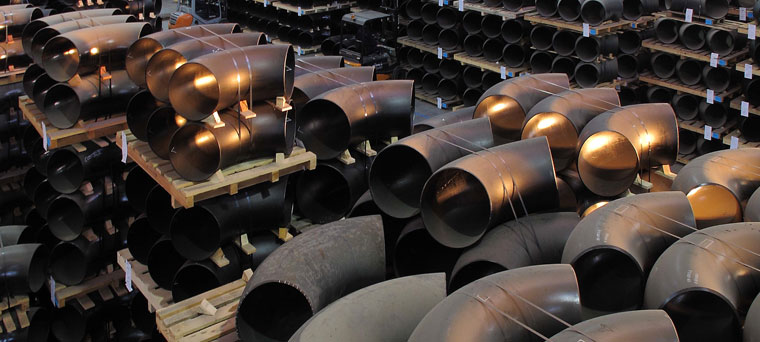
Butt-weld (BW) fittings have an identical thickness to pipes and are welded at their ends to pipe end. Reliable strength makes it ideal for high pressure or high-temperature applications. In terms of strength, fatigue, corrosion resistance, and temperature compliance, butt-weld fittings are unmatched. Connecting a butt weld fitting via welding is a highly specialized skill.

Threaded
Threaded pipe fittings are connected by twisting male and female threads together. Female treads have interior pipe threading while male treads have exterior threading.
Threaded pipe may be specified for the entire piping system or may inserted in specific places along the piping system to provide a port for instrumentation, valve, or other connection.
Speciality Connections
Whereas socket weld, butt weld, and threaded connections dominate industrial applications, other connections methods are used as requirements permit.
Push to connect pipe fittings are ideal for PVC, PEX, and copper pipes. The interior has an O-ring and metal teeth that grips and secures a watertight connection (in low-pressure settings).
Slip pipe fittings have smooth walls that are coupled together by applying primer and quick-drying solvent cement. Normally, plastic pipes and other smooth wall fittings utilize this method.
Compression pipe fittings have a threaded body and nut and sleeve (called “ferrule”) which compresses and squeezes the pipe for a tight joint fit.
Flare pipe fittings are heavily utilized for high water pressure and gas projects. A flare nut and cone-shaped fitting connect the pipe and fitting.
Crimp pipe fittings are connected by first inserting a metal ring around a pipe with a fixed fitting, then tightly squeezed together with special tools. Crimp type fittings are common in plastic and copper materials and for HVAC service.
Clamp pipe fittings utilize a clamp that is tightened around the pipe post fitting insertion. These type of fittings are usualy not considered industrial grade and typically seen only in non-critical service.
The application of the ideal method pertains to the project criteria, regulatory standards, and project economics.
Piping System Considerations
Pipe fittings can optimize piping systems by modifying fluid direction, reducing piping size, halting fluid flow, and connecting different piping components. Additional fittings increase friction flow and add another connection point, and thus an additional potential source of failure. Care must be taken to limit unnecessary fittings and optimize the piping system.
